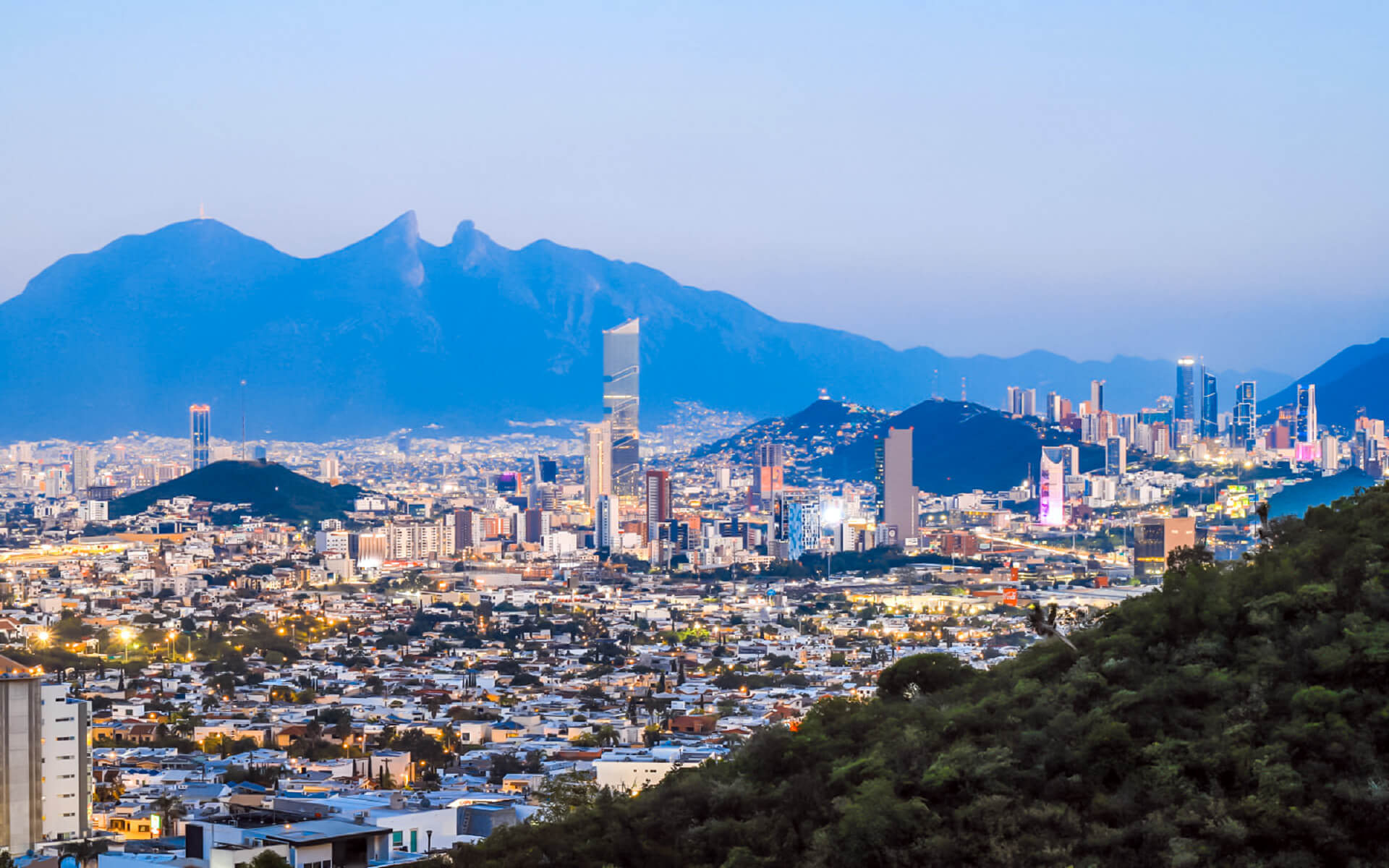[lwptoc]
Monterrey is Mexico’s capital and biggest city, in the northern state of Nuevo León. The city is the focal point of Mexico’s third-largest metropolitan region and is the country’s ninth-largest metropolis. Monterrey is a business hub in the country’s north and is home to a number of big multinational firms.
It is Mexico’s second-richest city and Latin America’s eighth, with a GDP PPP of 130.7 billion dollars in 2012. Monterrey has the highest GDP PPP per capita in the nation, at 31,051 dollars, and is second in Latin America. It is classified as a Beta World City, which means it is cosmopolitan and competitive. Monterrey, which is rich in history and culture, is sometimes referred to as the most “Americanized” and developed city in the whole nation, even surpassing the cities near the United States-Mexico border.
As a major industrial and business center, the city is also home to a slew of Mexican companies, including Grupo Avante, Lanix Electronics, Ocresa, CEMEX, Vitro, Mercedes-Benz Mexico, OXXO, BMW de Mexico, Grupo Bimbo, DINA S.A., Cuauhtémoc Moctezuma Brewery, and Heineken, which is backed by Norteo and Grupo ALFA. Monterrey is also home to worldwide firms like as Siemens, Accenture, Ternium, Sony, Toshiba, Carrier, Whirlpool, Samsung, Toyota, Babcock and Wilcox, Daewoo, Ericsson, Nokia, Dell, Boeing, HTC, General Electric, Gamesa, LG, SAS Institute, Grundfos, Danfoss, and Teleperformance.
Monterrey is situated in northeast Mexico, amid the Sierra Madre Oriental foothills. Monterrey’s continual settlement dates all the way back to 1596, when Diego de Montemayor founded the city. Monterrey developed into a significant commercial hub after the Mexican War of Independence. The founding of Fundidora Monterrey accelerated the city’s industrial expansion.


